Avicast
The biggest communication problem is we do not listen to understand. We listen to reply.
Avicast is Avisure’s very own podcast, focusing on trends and news in the aviation wildlife industry.

Using lethal control to manage wildlife on airports
Martin Ziviani and Kylie Patrick discuss the complexities of using lethal control to manage hazardous wildlife on airports.

How to do a bird count
Counting birds on airports is one of the standard elements of an airport’s wildlife management program. This data can be used to measure the progress and effectiveness of your program, identify emerging issues, and assess risks. But these counts need to be well established and implemented to have any benefit. Martin Ziviani (Snr Wildlife Biologist) joins Kylie Patrick (Principal Consultant) to talk about the how and why to set up and do bird counts on airports.
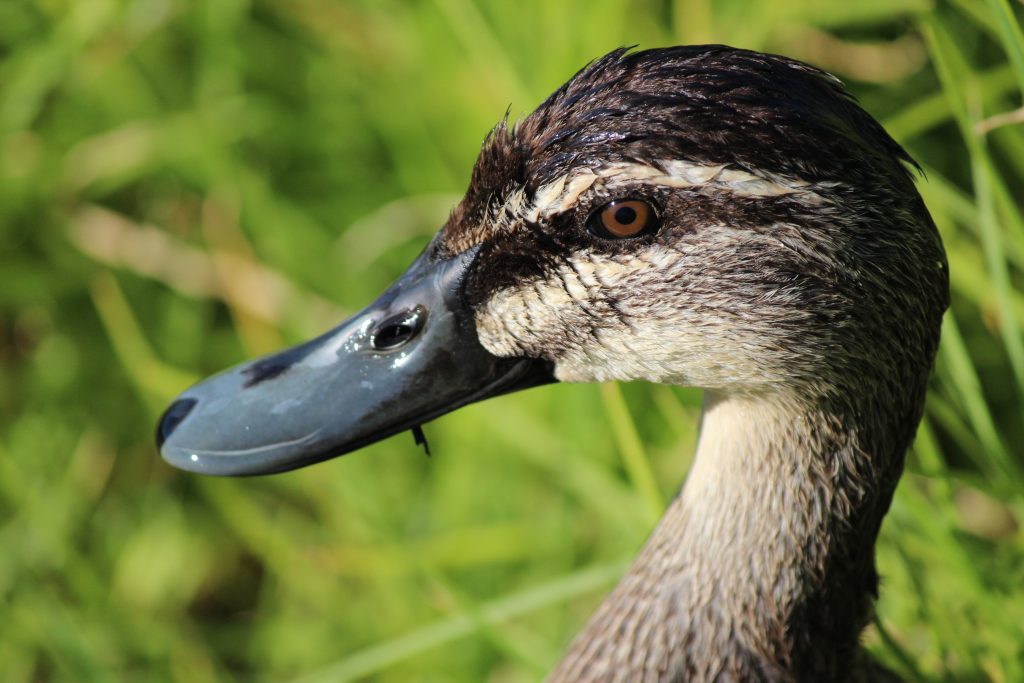
How to manage ducks
Alexandra Stone and Kylie Patrick talk all about duck management on and off airports. They cover active control, habitat management, and what land users around airport can do to reduce the duck attraction to the airport’s vicinity.
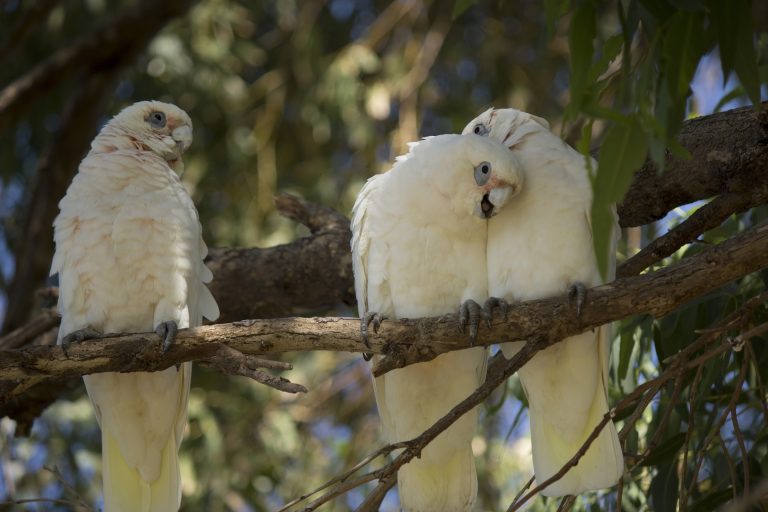
How to manage Little Corella
Kylie Patrick is joined by Tony Goodwin (Avisure Wildlife Management Officer ) and Shane Van Dijk (Avisure Wildlife Biologist) to talk about Little Corella, the risk they pose and the best approach to managing these charasmatic but problematic birds. Little Corella (Australian Museum) Little Corellas: Social and Ecological Research for Management in South Australia ABC News Australia: Wildlife experts question why huge corella flocks on coast
Little Corella (Australian Museum)
Little Corellas: Social and ecological research for management in South Australia
ABC News Australia: Wildlife experts question why huge corella flocks on coast
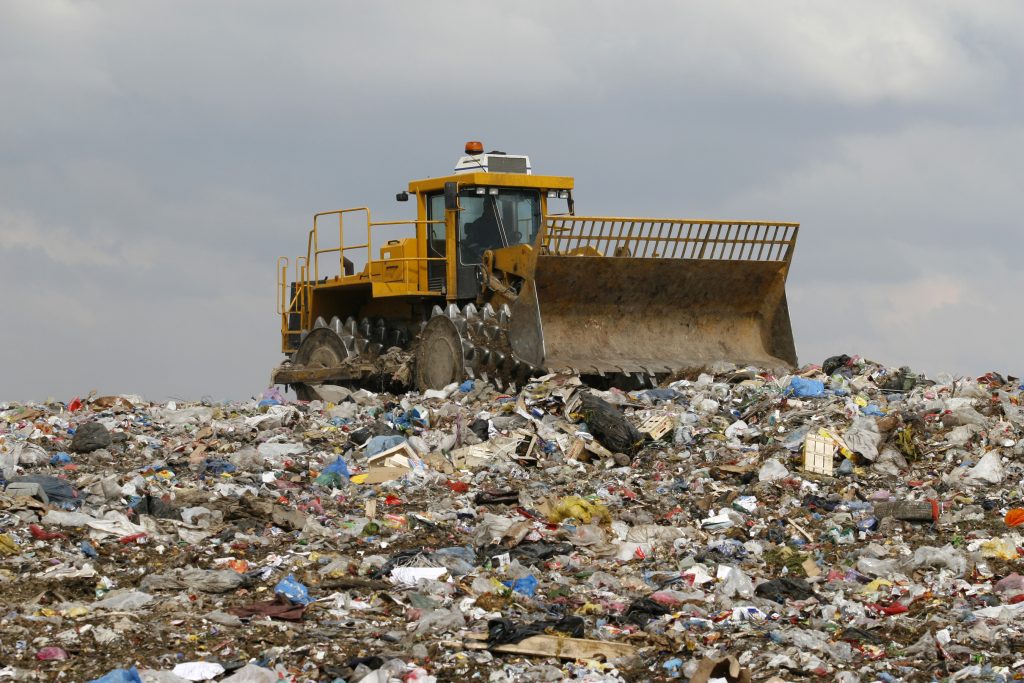
Managing off-airport hazards
Avisure CEO, Jeff Follett, joins Kylie Patrick to talk about how and why off-airport land uses can significantly elevate an airport’s strike risk because of the wildlife they attract. They talk about the types of land uses that are problematic and how to work with land users and land use planners to mitigate risks and safeguard airports.
National Airports Safeguarding Framework
ICAO Airport Planning Manual Land Use and Environmental Management Doc 9184 Part 2
ICAO Airport Services Manual Part III Wildlife Hazard Management Doc 9137
Civil Aviation Authority (UK) CAP 772: Wildlife Hazard Management at Aerodromes
Christchurch City Council District Plan: Bird Strike Management Area

How to manage Tree Martins
In one of our earlier Avicast episodes, we talked about a very small, but very common bird on Australian airports, the Fairy Martin. This little aerial forager is often mistaken for any number of little aerial foragers, including the topic of this episode, the Tree Martin. Alexandra Stone, Avisure’s Wildlife Biologist, is back in the co-host chair to talk all about the Tree Martin and how to best manage them.
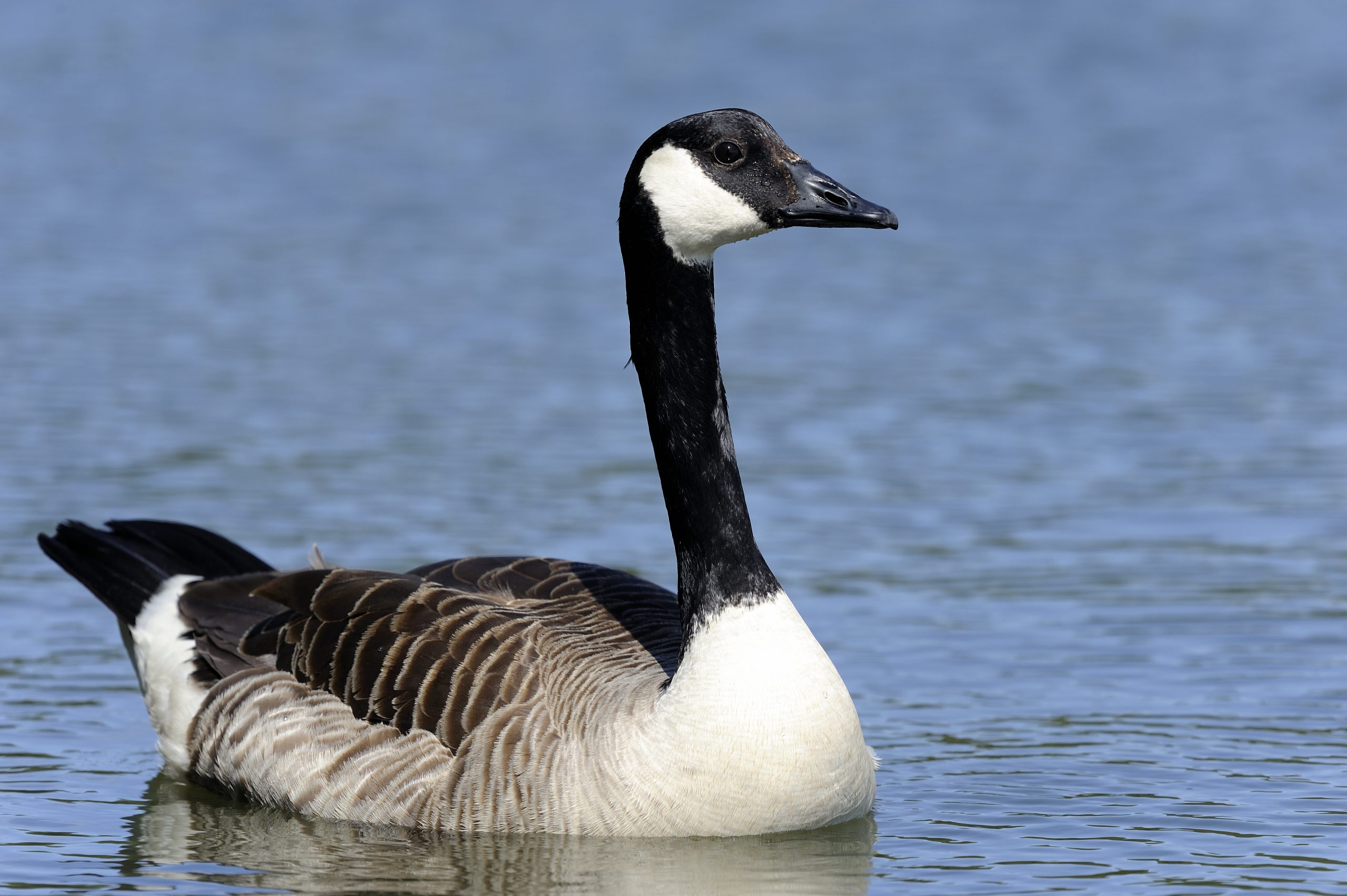
How to manage Canada Geese
Kylie Patrick is joined by Avisure’s Principal Biologist, Will Jamieson and Wildlife Biologist Tyler Rogers to talk all things Canada Geese. These geese have been implicated in some of the most spectacular and serious strike incidents, and in this episode we talk about how to best manage them.
FAA Wildlife Strike Report 1990-2020
NTSB Investigation Report – Miracle on the Hudson
Birds of the World – Canada Geese
Skybrary – Some significant wildlife strikes civil aircraft USA 1990-2021

Wildlife strikes in a time of COVID
In April 2020 COVID-induced travel restrictions reduced aircraft movements by 80% globally, which was unarguably the greatest challenge the aviation industry has ever faced. But how did the sudden downturn in aircraft activity influence wildlife using airports? And what did this look like for strike numbers and rates?
Joining Kylie Patrick in this episode is aviation professional Dan Parsons who has been keenly analyzing strikes and aircraft movement data throughout the pandemic
The Runway Centreline blog page
FAA presentation at the World Birdstrike Association conference
ICAO COVID-19 related ATS mitigations to potential hazards

How to manage flying-foxes
Dr Jeff McKee, Avisure’s Director of Research and Development, joins Kylie Patrick to talk about large bats called flying-foxes. Infringing critical airspace, sometimes in their thousands, they can present a serious strike risk, and are difficult for airports to manage, not just because of their numbers but also because they rarely use the airport itself. In this episode we introduce the flying-fox, why they are a strike risk, and how airports and other aviation stakeholders can mitigate their risk.

Why good data equals good management
As an airport, you may have in place a fully integrated and well-resourced management program, but … how do you know it’s working? The answer is data.
The most objective and informed way to measure the progress of your program is to review and analyse your data against the targets and goals you have set.
This data is varied, but may include things like wildlife strikes, wildlife dispersal and wildlife counts. But not all data is reliable, and not all data capture methods are equal.
Here to talk to me today about the importance of data and the best way to collect it is Avisure’s Wildlife Biologist, Alexandra Stone.
Links:
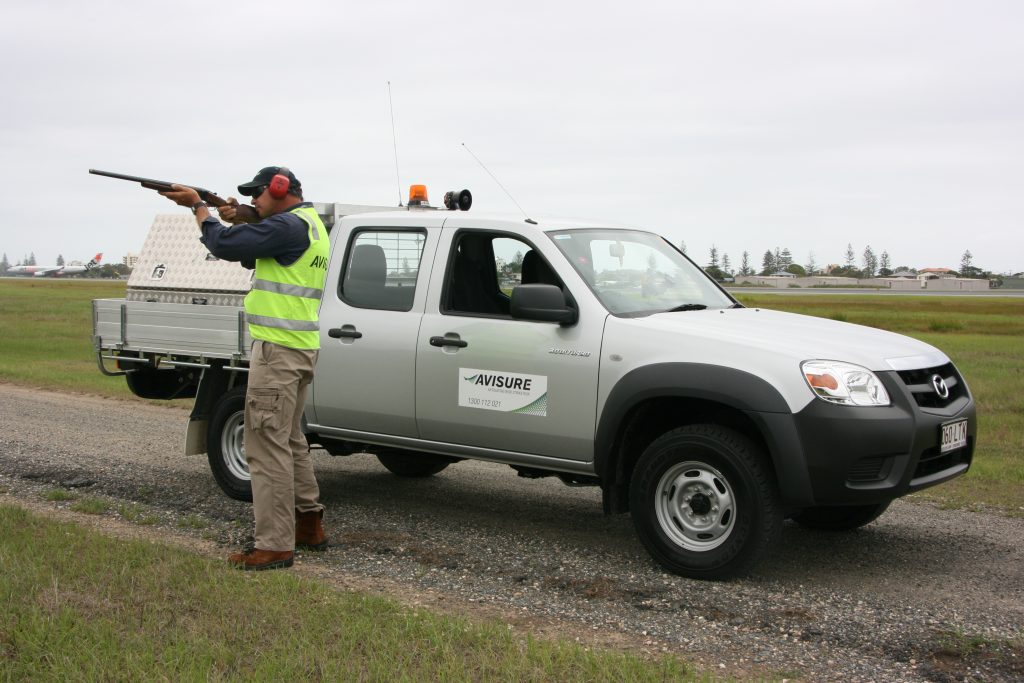
Dispersing wildlife on airports
Wildlife dispersal and harassment on airports is a fundamental component of a good wildlife hazard management program. But there’s a lot more to it than just chasing birds around airfields. Kylie is joined by one of our regular co-hosts, Martin Ziviani, to talk about dispersal and the principles required for effective wildlife control. We also briefly overview some of the tools and techniques available for wildlife controllers.

Managing wildlife at Vancouver International Airport
Vancouver International Airport, Canada’s second busiest airport, sits on Sea Island in the Fraser River Delta where the marshes, mudflats and agriculture habitats on and around the delta attract millions of shorebirds, and thousands of waterfowl and gulls each year. To manage the wildlife strike risk associated with these hazards, Vancouver Airport have in place one of the most comprehensive wildlife management programs in the world. Joining Kylie in this episode to talk about their program is David Bradbeer, YVR’s Wildlife Program Specialist, and from Avisure Services, Tyler Rogers, who is the Site Manager for YVR’s wildlife management program.
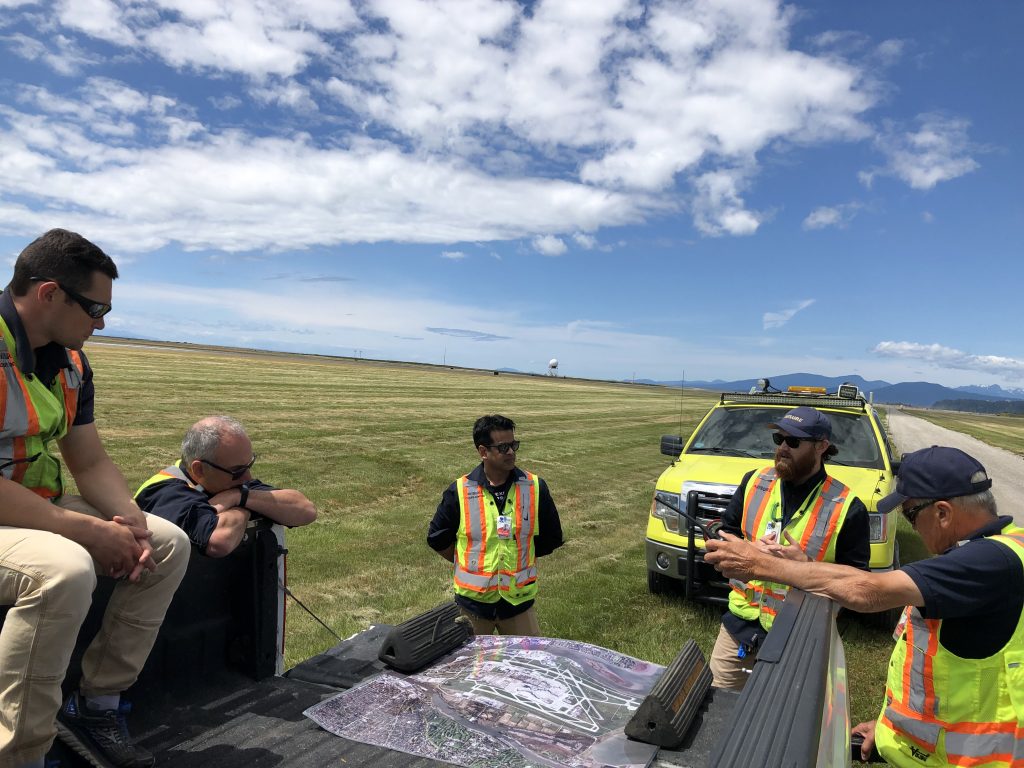
Training for wildlife hazard management
When it comes to managing wildlife hazards on airports, you want to make sure that whoever is doing that management, knows what they are doing. And just like every other aspect of aviation safety management, training is critical. In this episode Kylie Patrick (Principal Consultant) is joined by Jeff Follet (General Manager for Avisure Services) and they talk about what training requirements look like around the world, and what it should look like. A must-listen-to episode for anyone that needs training and for those who are developing and delivering it.
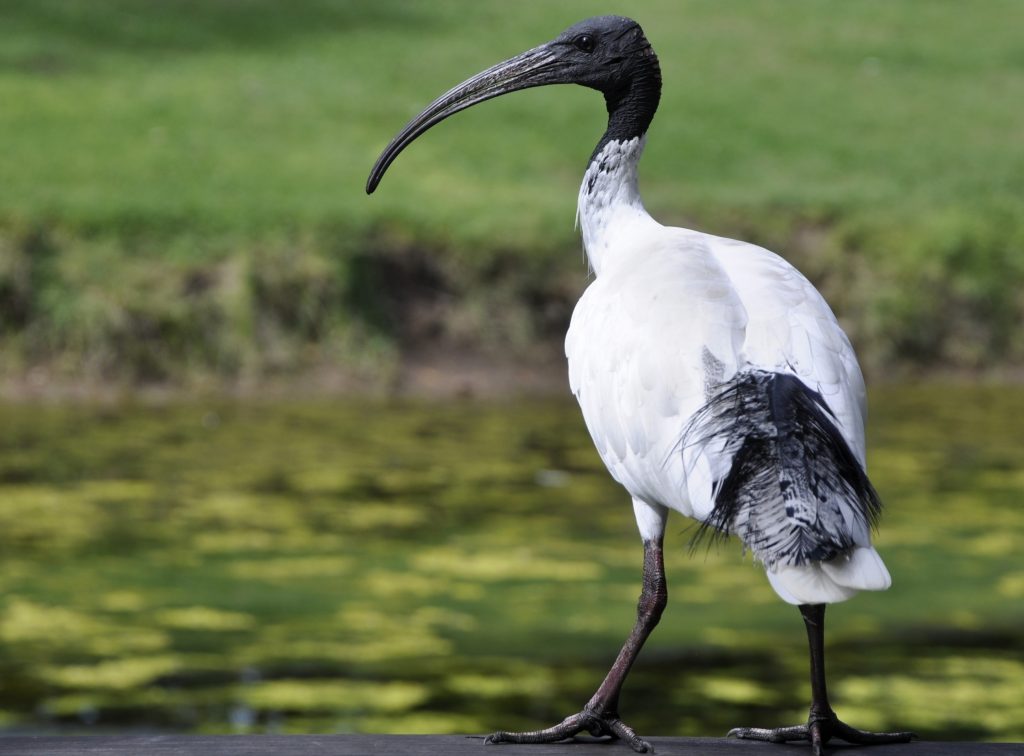
How to manage Australian White Ibis
Australian White Ibis (Threskiornis molucca) are a problem at many Australian airports, but managing ibis off-airport is the key to managing them on-airport. In this episode we join the collective experience from Avisure and our sister company Ecosure to talk about ibis management. Joining Kylie is Martin Ziviani (Senior Wildlife Biologist), and our very special guest Carla McKevitt (Ecologist) from Ecosure
Links:
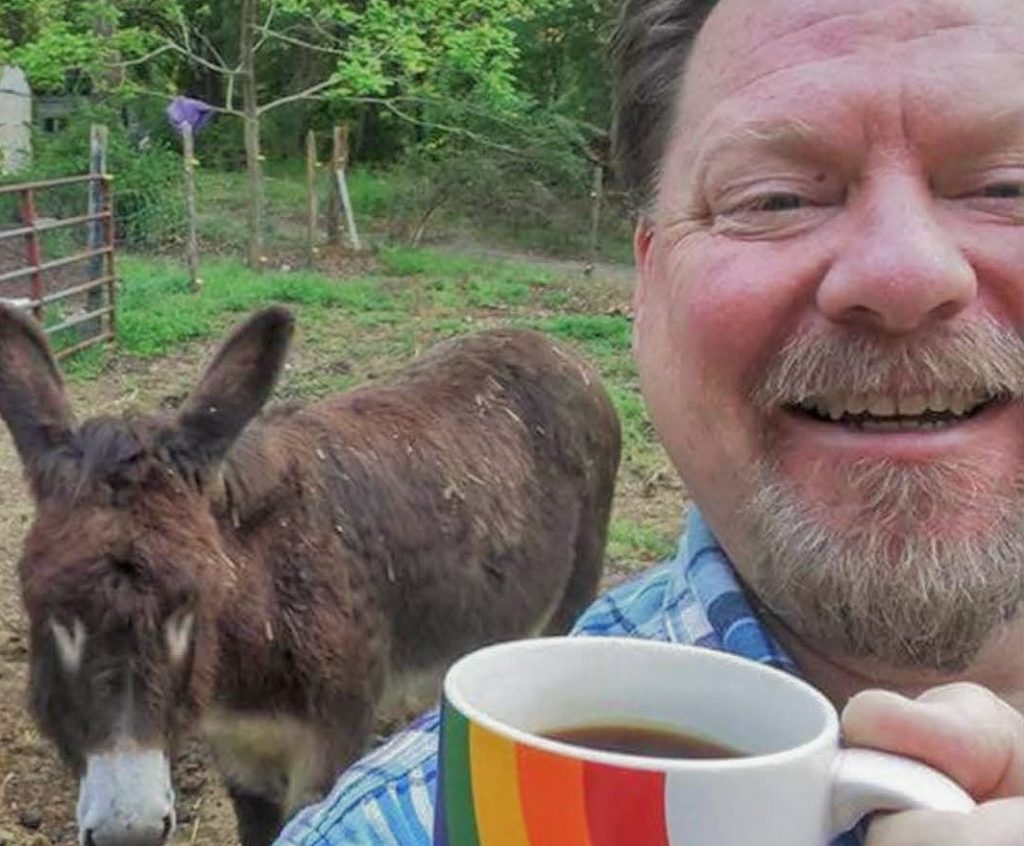
Wildlife strikes in the USA with John Weller (FAA)
John Weller joined the Federal Aviation Administration (FAA) in 2009 as a National Wildlife Biologist just weeks after the ditching of Flight 1549 in the Hudson River. In this episode he talks to Kylie Patrick about his role with the FAA and the protocols they have in place to help airports identify and manage wildlife hazards throughout the United States.
Links:
Flight 1549 NTSB Accident Report
Advisory Circulars:
- 150/5200-32 Reporting Wildlife Aircraft Strikes
- 150/5200-33 Hazardous Wildlife Attractants On or Near Airports
- 150/5200-34 Construction or Establishment of Landfills near Public Airports
- 150/5200-36 Qualifications for Wildlife Biologist Conducting Wildlife Hazard Assessments and Training Curriculums for Airport Personnel Involved in Controlling Wildlife Hazards on Airports
- 150/5200-38 Protocol for the Conduct and Review of Wildlife Hazard Site Visits, Wildlife Hazard Assessments, and Wildlife Hazard Management Plans
- 150/5220-25 Airport Avian Radar Systems

Wildlife strike committees: the Australian example
The Australian Aviation Wildlife Hazard Group (AAWHG) is formally recognised as Australia’s primary aviation wildlife hazard management reference body and fulfils Australia’s commitment to have a national bird strike committee as recommended by the International Civil Aviation Organization. Full of expertise from a cross-section of industry, the AAWHG are a go-to for the Australian aviation industry. AAWHG’s chair, Ash McAlpine, joins Kylie Patrick to talk about what they do.
Links:
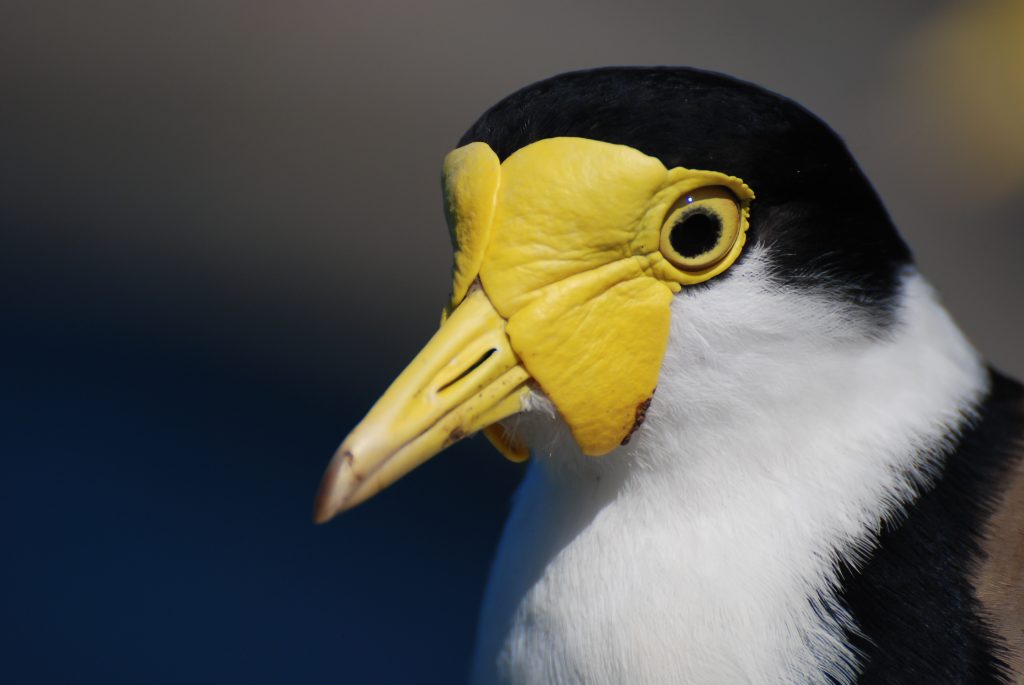
How to manage Masked Lapwings (plovers)
Martin Ziviani (Senior Wildlife Biologist) joins Kylie Patrick to talk about a particularly problematic and territorial species … Masked Lapwings (Vanellus miles). They introduce lapwings, discuss why they are a strike risk, and talk about approaches to managing them on airports.
Links:
Masked Lapwing (NZ birds online)
ATSB Australian Aviation Wildlife Strike Statistics 2008-2017
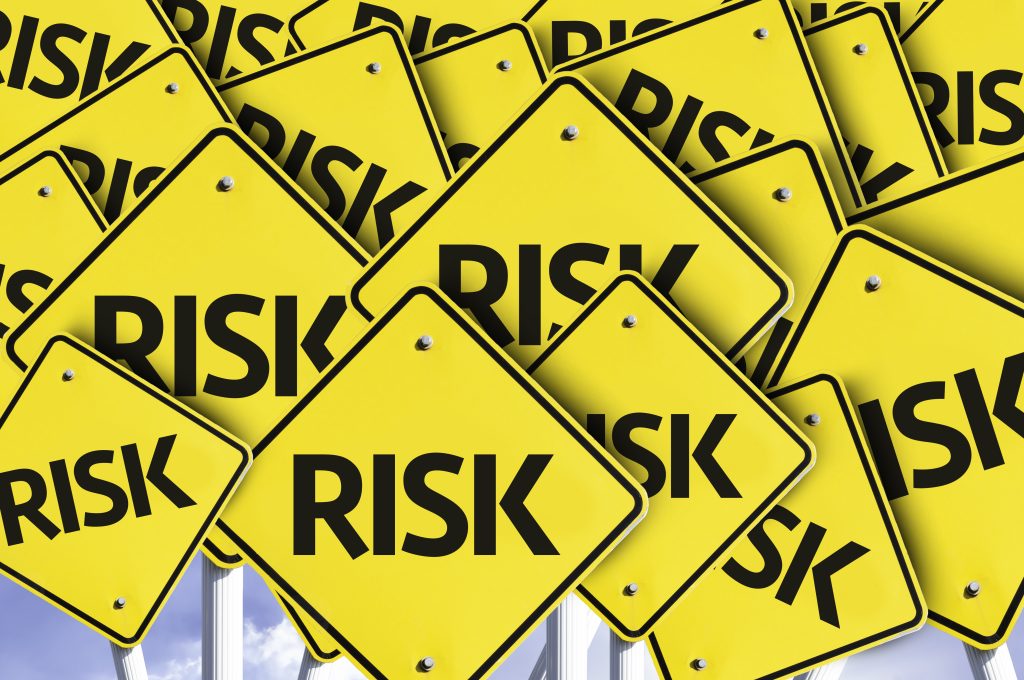
Kylie is joined by Phil Shaw, Avisure’s Managing Director. Phil is one of the leading experts in the field of wildlife risk assessment and mitigation in aviation, and in this episode, Kylie and Phil talk about the basics of assessing wildlife risks on airports.
Links:
John Allan Risk Assessment
https://onlinelibrary.wiley.com/doi/abs/10.1111/j.1539-6924.2006.00776.x
Richard Dolbeer papers:
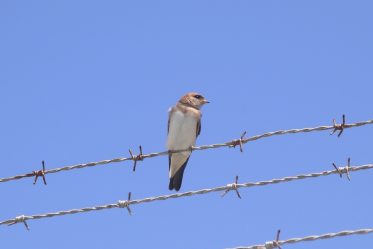
Avisure’s Principal Consultant, Kylie Patrick, is joined by our Wildlife Biologist, Alexandra Stone. In this episode, Kylie and Alex talk about a small but very common bird on Australian airports, Fairy Martins (Petrochelidon ariel). They discuss how to identify them from other similar species, their strike risk, and ways to manage them on airports.
Links:
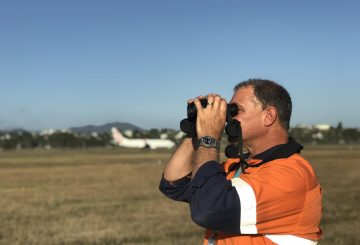
Martin Ziviani (Senior Wildlife Biologist) joins Kylie Patrick to talk about a particularly problematic and territorial species … Masked Lapwings (Vanellus miles). They introduce lapwings, discuss why they are a strike risk, and talk about approaches to managing them on airports.
Links:
https://nzbirdsonline.org.nz/species/spur-winged-plover (lapwing audio call source)
Masked Lapwings: general background https://birdlife.org.au/bird-profile/masked-lapwin
Lapwings around the world: https://en.wikipedia.org/wiki/Vanellus
ATSB Australian aviation wildlife strike statistics 2008 – 2017 https://www.atsb.gov.au/publications/2018/ar-2018-035/
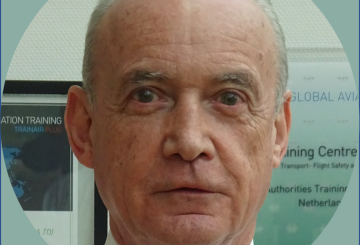
In this episode Kylie Patrick is joined by Captain Brian Greeves, Director of Aviation Solutions and a safety and technical consultant for the Australian & International Pilots Associations. We discuss some of the challenges pilots face when confronted with wildlife hazards and identify gaps in training to help pilots mitigate strikes.
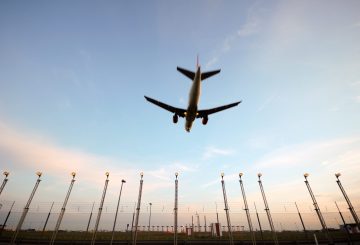
In this episode Kylie Patrick is joined again by our Principal Biologist, Will Jamieson, where they talk about some key rules airports should consider if they want their wildlife hazard management programs to be effective.
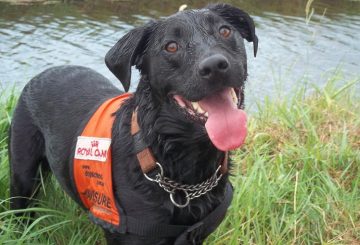
Kylie Patrick is joined by Martin Ziviani, Senior Wildlife Biologist for Avisure. In this Avicast episode, Kylie and Marty talk about using dogs on airports to disperse wildlife. They discuss what’s involved in finding the right dog, training the dog and handler, and some of the risks and challenges with using dogs on airports.
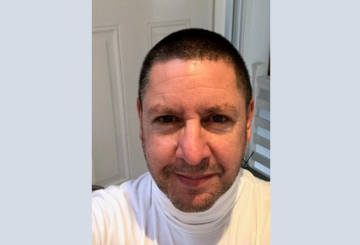
Kylie Patrick is joined by Nick Yearwood, a freelance aviation consultant from the UK (International Birdstrike) who worked for the UK’s Civil Aviation Authority for 36 years. Nick’s regulatory experience spans oversight/ compliance, policy decision making with international influencing, working with airport operators, global air carriers, and ground handling organisations. As a regulator, he spent many years working with airports around the UK and EU on wildlife hazard management, and in this episode Kylie and Nick talk about the role of the regulator in aviation wildlife hazard management.
Links:
http://publicapps.caa.co.uk/modalapplication.aspx?appid=11&mode=detail&id=2726

Avisure’s Principal Consultant, Kylie Patrick is joined by our Principal Biologist/Regional Manager, Will Jamieson. In this episode Kylie and Will talk about a uniquely Australian issue, kangaroos on airports. They discuss the significant strike risk associated with such a large terrestrial mammal and how airports can manage the risk, with a particular emphasis on good fences to exclude them from airside areas.
Links:
https://en.wikipedia.org/wiki/Kangaroo
https://www.caselaw.nsw.gov.au/decision/59b8b197e4b074a7c6e1897b
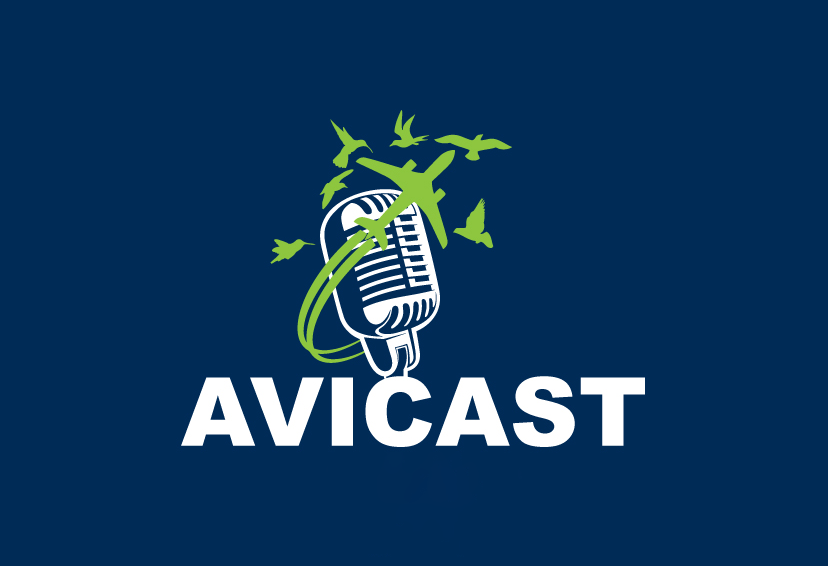
Avisure’s Principal Consultant, Kylie Patrick, is joined by Phil Shaw, Managing Director of Avisure and Ecosure. In this first AviCast episode, Kylie and Phil talk about what listeners can expect from AviCast, introduce the global bird strike database, and discuss some of the strengths and challenges in the way the aviation industry approaches wildlife hazard management.

